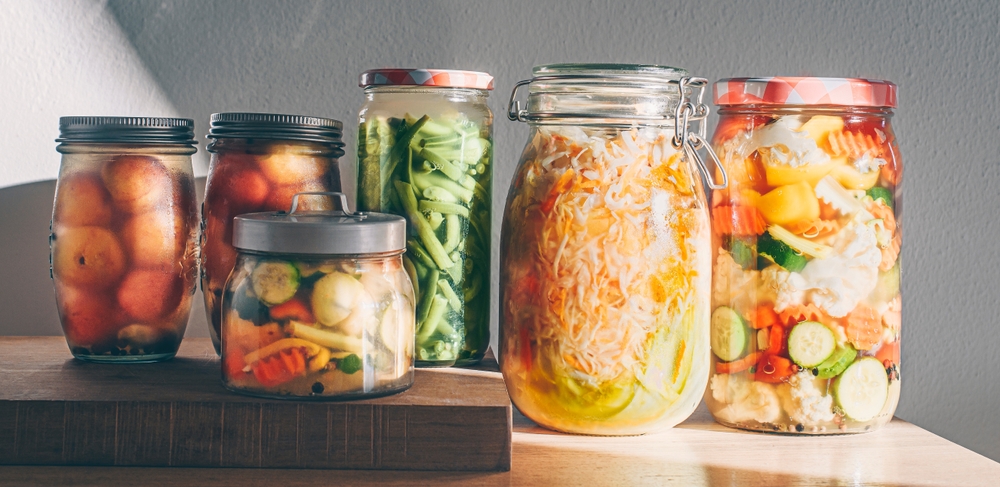Freeze Dryer Basics and Uses for Home Food Preservation
A freeze dryer is a machine that removes moisture from food by freezing it and then reducing surrounding pressure to allow frozen water to sublimate. This process preserves structure, flavor, and nutrients more effectively than many other methods, making freeze drying a viable option for long-term food storage, meal prep, and reducing waste in the kitchen. This article explains how freeze dryers work, where they fit among kitchen appliance and home equipment choices, and practical considerations for everyday use.

What is a freeze dryer?
A freeze dryer is a device that combines deep-freezing and low-pressure drying to remove water from food while preserving shape and cellular integrity. Unlike conventional dehydrators that use heat to evaporate moisture, freeze drying freezes the product and then applies a vacuum so the ice converts directly to vapor. This preserves texture and volatile compounds responsible for flavor and aroma. Freeze dryers range from compact units for household use to large commercial systems; their core function remains the same across sizes.
How does freeze drying support food preservation?
Freeze drying extends shelf life by removing nearly all water, which inhibits microbial growth and most chemical reactions that cause spoilage. Because the process occurs at low temperatures, heat-sensitive nutrients and delicate flavors are better retained than with heating methods. Rehydration is often quick and produces a texture closer to the original food compared with traditional dehydrated products. Freeze drying is commonly used for fruits, vegetables, full meals, herbs, dairy, and even delicate items like coffee and certain pharmaceuticals.
Is a freeze dryer considered a kitchen appliance or home equipment?
Small freeze dryers designed for consumer use are commonly marketed as kitchen appliances or specialized home equipment. They occupy counter or floor space similar to other small appliances, require a power source, and often need periodic maintenance such as vacuum pump oil changes or filter replacements. In households that prioritize preparedness, bulk food storage, or low-waste cooking, a freeze dryer can act as both a kitchen tool and part of broader home equipment for long-term supply management. Consider available space, noise, and routine maintenance when evaluating fit for your home.
How does freeze drying affect food storage and rehydration?
Freeze-dried foods are lightweight and stable at room temperature when sealed against moisture and oxygen, making them practical for pantry-style food storage. Shelf life varies by product and packaging method but can range from several years to multiple decades if oxygen and moisture exposure are minimized. Rehydration time depends on the food’s structure and how it was prepared before freeze drying; many fruits and vegetables rehydrate quickly with water, while complex meals may take longer. Proper packaging—typically vacuum-sealed with desiccants or oxygen absorbers—is essential to maintain the low moisture environment freeze drying achieves.
Choosing and using a freeze dryer in your home
Selecting a freeze dryer for home use involves assessing capacity, footprint, energy use, and the types of food you plan to process. Smaller units are suitable for hobbyists or small-batch preservation; larger home models support batch processing for meal prep or emergency stockpiles. Practical considerations include pre-freezing time, how much oven or prep work is needed before the cycle, and storage space for both processed and unprocessed items. Routine steps for effective use include cutting foods into uniform sizes, blanching vegetables if appropriate, labeling batches with dates, and using high-quality packaging to prevent moisture ingress.
Conclusion
Freeze dryers offer a preservation method that retains more of a food’s original flavor, texture, and nutrients than many heat-based techniques, and they can serve as either a kitchen appliance or part of home equipment for long-term food storage. They require considerations around space, maintenance, and packaging to achieve intended shelf life and rehydration quality. For households exploring options to reduce food waste, prepare emergency supplies, or preserve seasonal harvests, understanding how freeze drying works and what it requires helps determine whether a freeze dryer fits practical needs and routines.






